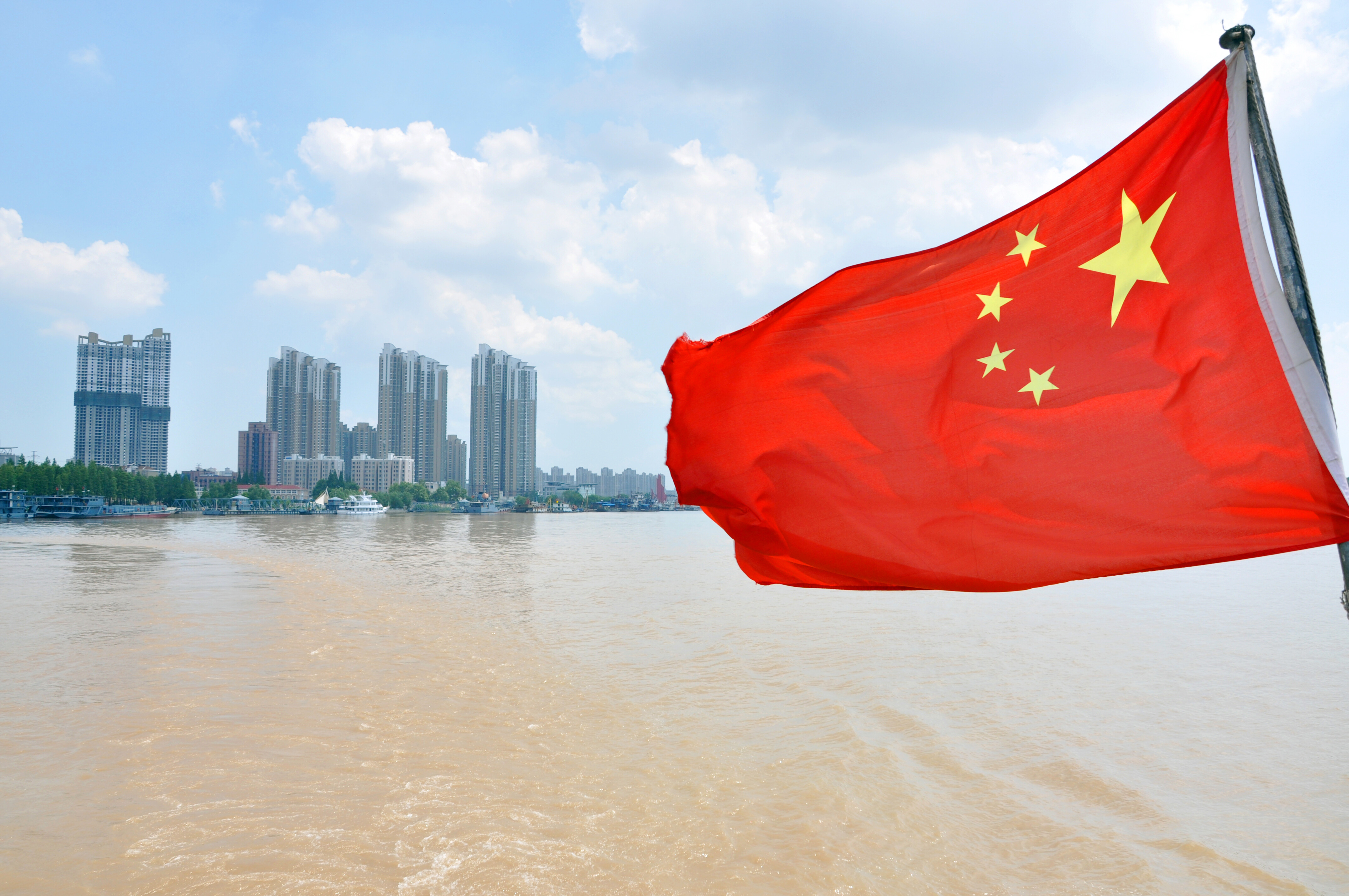Party Time for the Pacific Alliance?
The Pacific Alliance is approaching its 2nd birthday with plenty to celebrate - but can it keep up the progress? LatAm INVESTOR investigates...

A trade bloc is as strong as its weakest member
To really understand the Pacific Alliance, we have to look at it in its regional context. One reason that some people were so sceptical about the Alliance to begin with was that Latin America already had lots of pacts, blocs and regional organisations. Depending on how you classify these things, there are nine separate, if overlapping, intra-national Latin American organisations. The main one, until now, has been Mercosur.
"as the EU has discovered, a bloc is only as strong as the weakest of its members…"
When Mercosur was launched between Brazil, Argentina, Uruguay and Paraguay 20 years ago, it was envisaged as a South American EU that would boost trade between its members. At the time, these countries had neo-liberal governments that were privatising everything that moved and were opening up to international trade. Yet since then more left-wing governments have come to power in the three largest Mercosur countries.
Of course there is nothing wrong with left-wing governments per se. Indeed, Lula’s government in Brazil managed the historic feat of bringing 35 million people out of poverty. Yet as the EU has discovered, a bloc is only as strong as the weakest of its members. Anti-free trade factions in Venezuela and Argentina have succeeded in hampering the original ideals of Mercosur. So much so, in fact, that trade between Mercosur members has grown more slowly than trade between members and the outside world.
Finding Latin America’s Holy Grail
So when the Pacific Alliance came along, people saw it as a counterweight to Mercosur. Lined up along Latin America’s west coast it had a selection of the region’s most open economies. Mexico and Colombia had been embarking on a policy of economic liberalisation since the early 90s, while Chile and Peru’s large mining sectors had long relied on international capital. By teaming up together their plan was to finally find the Holy Grail that has long evaded most Latin American economies – improvements in productivity.
The thinking was that this could be achieved in two ways. One was by cutting costs. Reduced tariffs and better infrastructure linking the countries would help bring down costs for manufacturers and exporters. A more unified business environment – ie, standardised regulations and visas etc – would also make it easier for companies from small economies to access the resources of member countries and gain scale.

The other was by boosting investment. As Nomura analyst Tony Volpon explained in a recent interview with LatAm INVESTOR, “you need to have the right combination of capital to ensure that a labour force stays productive as the cost of that labour rises”.
Put another way, the only way for Latin American living standards to rise while the countries improve productivity is if there is enough investment in better technology and equipment.
And that is the other element of the Pacific Alliance plan. Small economies such as Chile or Peru know that on their own they probably don’t feature highly in the minds of most international businesses or investors. But by teaming up together as a bloc, they offer a more attractive proposition.
Two years on, is the Pacific Alliance a winner?
It’s too early to make a conclusive judgement just yet – but the signs are encouraging. On the first strand – in terms of cutting costs – there are some positive moves. In February this year the leaders of the four members met in Cartagena, Colombia (funny how politicians always choose beautiful tourist spots for these things), and signed a deal to cut tariffs on 92% of goods and services traded within the Alliance. The remaining 8% is expected to be cut later this year. These cuts won’t have a huge impact, as none of them are major trading partners, but they will help some firms cut costs.
Another important step is the establishment of a fund to finance pan-Alliance infrastructure. In the long term this is where the Alliance could have the most impact. At the moment it is not particularly easy for companies to move goods around the Alliance members, even among the relatively close ‘Andean Three’ of Chile, Colombia and Peru. If the Alliance really is to foster new pan-regional companies and cut costs, these transport links will need to be improved.
Power is another area of potential. Peru, for example, has an abundance of natural gas which could provide a relatively clean and cheap power source for Chile, which is a big energy importer.
When it comes to attracting investment it’s also difficult to say whether the Pacific Alliance has achieved success. One reason is that these countries were doing well at this before they signed up to the Alliance. Foreign direct investment to Alliance members grew from $18bn in 2004 to $70bn by 2012. Yet as a BBVA research paper notes, that boost was in part down to global monetary conditions and commodity prices.
The game is the same but the rules have changed
The fact is that conditions for emerging markets have changed. As Jorge Unda, chief investment officer for BBVA Asset Management in Mexico recently told LatAm INVESTOR, Latin American economies need to wake up to the fact that the rules of the game have changed. “With the recovery in the developed world capital will be more scarce in emerging markets than it was before, which means that investment driven growth countries are going to struggle. We also see that some Latin American markets that have benefited from selling commodities to China, but Chinese data shows that growth is slowing, which means that an exports fast recovery will be more challenging.” In short, Latin American countries are going to have to compete more to attract capital. And that’s where the Pacific Alliance should do well.

Critics of the Alliance often dismiss it has a marketing trick. For example Brazilian foreign minister Antonio Patriota pointedly referred to it as a “marketing success”. But with global liquidity drying up, a bit of marketing may be just what these economies need. The dramatic conferences, the ambitious plans and the countless photo ops have ensured that the Pacific Alliance has attracted plenty of attention. Moreover the Mila project, which is trying to create an integrated stock market between members, should capitalise on this interest by making it easier for investors to play the story.
So far Mila’s success has been hampered by the fact that the biggest stock market in the Alliance – Mexico – has not yet joined. Yet when LatAm INVESTOR recently interviewed Luis Téllez, the CEO of Bolsa Mexicana de Valores (the Mexican stock exchange) he said that it would happen later this year.
Now Central America wants in
But one of the most encouraging recent developments in this story is the expansion of the Alliance. In the last few months Panama and Costa Rica have taken steps towards membership. Regular readers will know that I am a big fan of Central America, which is my second-favourite Latin American investment sub-region, after the Alliance. So needless to say I am chuffed that some of Central America’s most promising economies are now joining up.
The addition of Central America will also help improve the linkages within the Alliance as it receives heavy investment from both Mexico and Colombia. There have even been calls from Paraguay and Uruguay about membership. Given that these are two Atlantic countries that have traditionally been under the influence of Argentina and Brazil it’s far from certain that they would drive. But the fact that two of Mercosur’s fastest-growing members are openly considering switching sides is a huge endorsement for the Alliance.